Struggling to floss effectively? Many people skip flossing or use poor technique, leading to plaque and food particles building up between teeth. This buildup can contribute to gum disease and poor oral health over time. Even if you're using dental floss daily, improper technique or the wrong tools—like skipping waxed floss or misusing a floss pick—can limit your results.
This guide on how to use floss picks will walk you through proper flossing technique, showing how dental floss picks can simplify your oral hygiene routine and help protect your gums and teeth more effectively.
Key Takeaways
-
Floss picks provide an effective and convenient alternative to traditional flossing, particularly for individuals with limited dexterity or young children.
-
Proper technique is essential when using floss picks; hold the pick correctly, position the floss properly, and use a C shape to maximize cleaning efficiency.
-
Common mistakes include using the same floss segment for multiple teeth and neglecting to clean behind molars; avoiding these can enhance oral hygiene and prevent gum irritation.
What Are Floss Picks and How Do They Work?
Floss picks are small, handheld dental tools designed to make flossing more convenient and effective—especially for people who find traditional floss tricky to use. Each pick typically consists of a single piece of dental floss stretched between two prongs, attached to a plastic handle for easy grip and control.
The floss portion slides gently between your teeth to remove plaque, food particles, and bacteria that regular brushing may miss. This is especially useful in tight spaces or hard-to-reach areas of the mouth, including around braces. For those with limited dexterity, like children or seniors, this small piece of equipment can make a big difference when used properly.
Many floss picks are disposable, making them ideal for use on the go—simply slide, clean, rinse, and discard. They're great for keeping your smile clean whether you’re traveling or just had a snack with something stuck between your teeth.
While floss picks help prevent cavities and gum issues, some dentists caution that repeated use of the same floss segment can transfer bacteria, so it’s best to avoid using one pick for multiple teeth without cleaning or switching. Don’t forget to repeat the process for each tooth to get the full benefit.
Proper Technique for Using Floss Picks
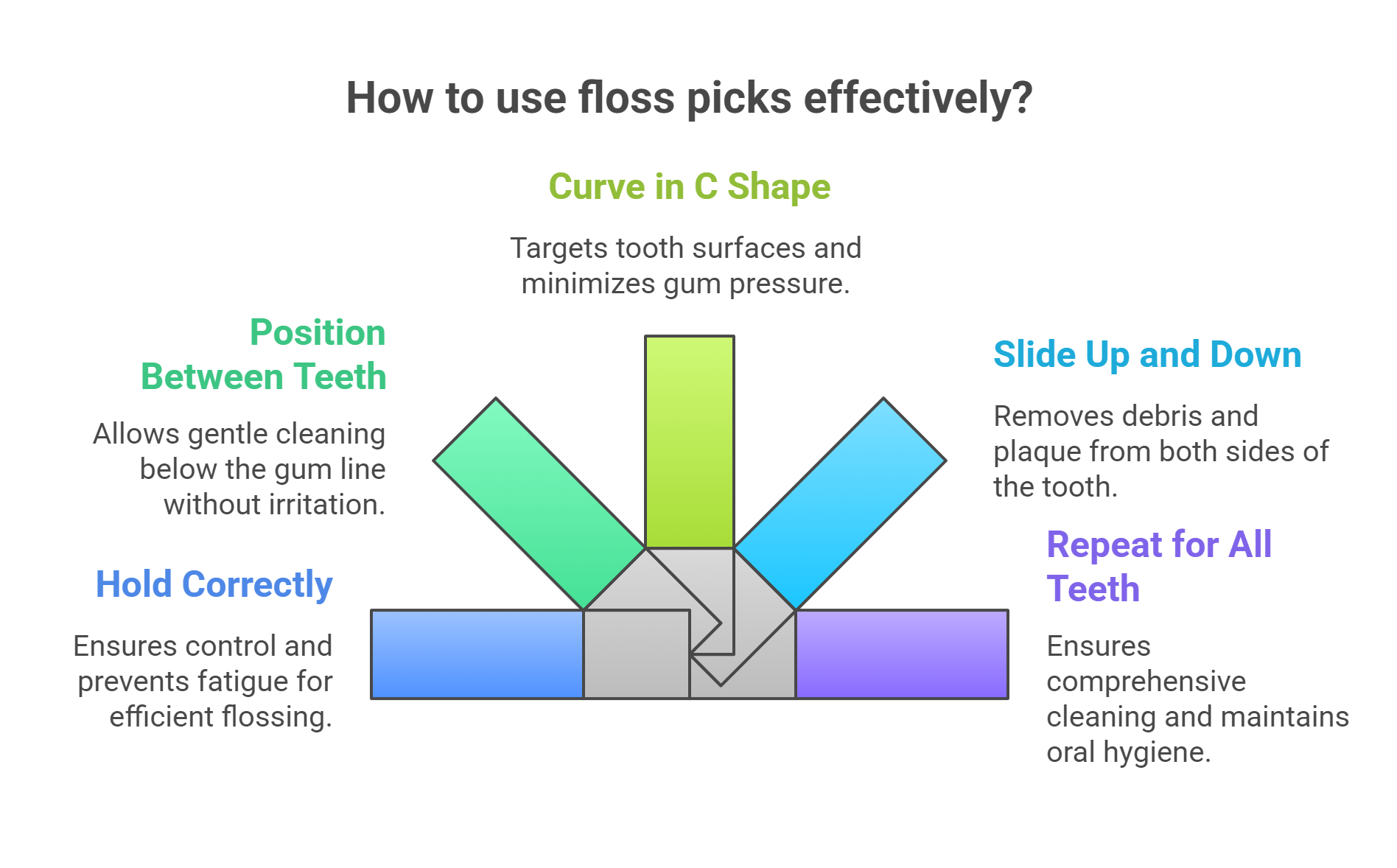
Proper flossing technique is essential for maximizing the benefits of floss picks, ensuring thorough cleaning and effective plaque removal.
Following these steps helps maintain optimal oral health and prevent issues like gum disease and cavities.
Hold the Floss Pick Correctly
The first step in using a floss pick properly is to hold it in the correct way. Grip the handle firmly yet comfortably to maintain control while flossing, avoiding hand fatigue for more efficient flossing and allowing for a brief rest. If you want to achieve the best results, make sure to use a floss pick and stick to this method for optimal results.
Handling the floss pick properly ensures it can maneuver easily between your teeth, enhancing the cleaning process.
Position the Floss Between Teeth
Next, gently slide the floss between your teeth to begin the cleaning process. When using a floss pick, place the floss section between two teeth and guide it gently down. Proper positioning is vital for effective cleaning, so make sure the floss reaches below the gum line without causing irritation.
This is essential for removing plaque and food particles that can lead to tooth decay and gum disease.
Curve the Floss in a C Shape
Once the floss is between your teeth, curve it into a C shape around one tooth to clean along the gumline effectively. This shape allows the floss to target the surfaces of the tooth while minimizing pressure on the gums. When using a floss pick, the floss should be curved around one tooth to form a "C" shape for effective cleaning.
A C shape ensures comprehensive cleaning and helps prevent gum irritation.
Slide the Floss Up and Down
With the floss curved in a C shape, gently slide it up and down along the tooth surface. This motion effectively cleans both sides of the tooth and along the gumline, removing debris and plaque. It is important to slide the floss up and down to remove plaque and food particles from both sides of the tooth and down to the gumline.
A gentle sawing motion enhances debris removal without damaging the gums.
Repeat for All Teeth
Repeat this process for each tooth, including the molars at the back of your mouth. Additionally, consistent repetition ensures comprehensive cleaning and maintains overall oral hygiene.
Remember, each tooth requires individual attention to effectively remove plaque and prevent cavities.
Common Mistakes When Using Floss Picks
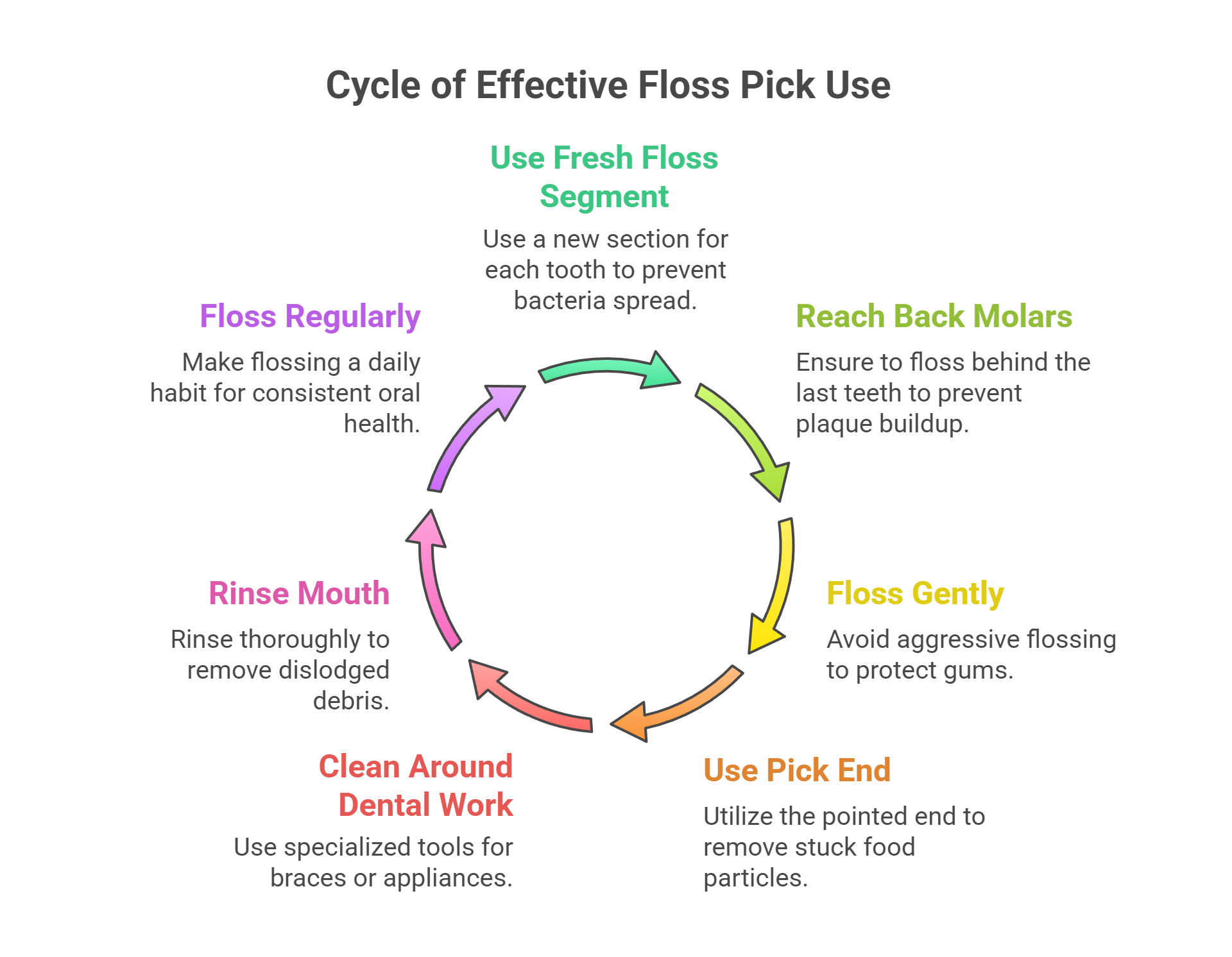
Floss picks are a convenient way to keep your mouth clean, especially on the go, but improper use can lead to bacteria buildup, gum irritation, or missed spots. Here are the most common mistakes to avoid:
1. Using the Same Floss Segment for All Teeth
Reusing the same single piece of floss between multiple teeth can spread bacteria and reduce cleaning effectiveness. Always use a fresh section for each space to remove plaque properly and avoid reinserting debris.
2. Skipping the Back Molars
It’s easy to forget to gently slide the floss behind the last tooth, but skipping this step can lead to plaque accumulation and cavities. Be sure to reach the very back and repeat your technique for each one tooth.
3. Flossing Too Aggressively
Pressing too hard or snapping the floss can damage your gums. Always gently slide the floss in and use a gentle sawing motion in a C shape around one tooth at a time. This protects your gum tissue and improves results.
4. Neglecting to Use the Pick End
Many people forget that most floss picks come with a pointed end. This small piece of plastic is perfect for dislodging food stuck between teeth. Don’t skip it—especially if you’re brushing right after.
5. Not Cleaning Around Dental Work
People with braces or dental appliances often overlook using specialized flossers. Standard floss picks with two prongs may not fit well, so consider threaders or orthodontic-friendly tools to clean properly.
6. Skipping the Rinse
After flossing, always rinse your mouth thoroughly to remove dislodged plaque and bacteria. This clears debris and keeps your oral environment healthier.
7. Not Flossing Regularly
Flossing only once in a while won’t cut it. For true benefits, make flossing a daily habit and schedule it around the same time each day. Your dentist will thank you!
By avoiding these mistakes and following properly guided flossing steps, you'll boost your oral hygiene, fight off bacteria buildup, and help prevent cavities—one floss pick at a time.
Types of Floss Picks and Their Uses
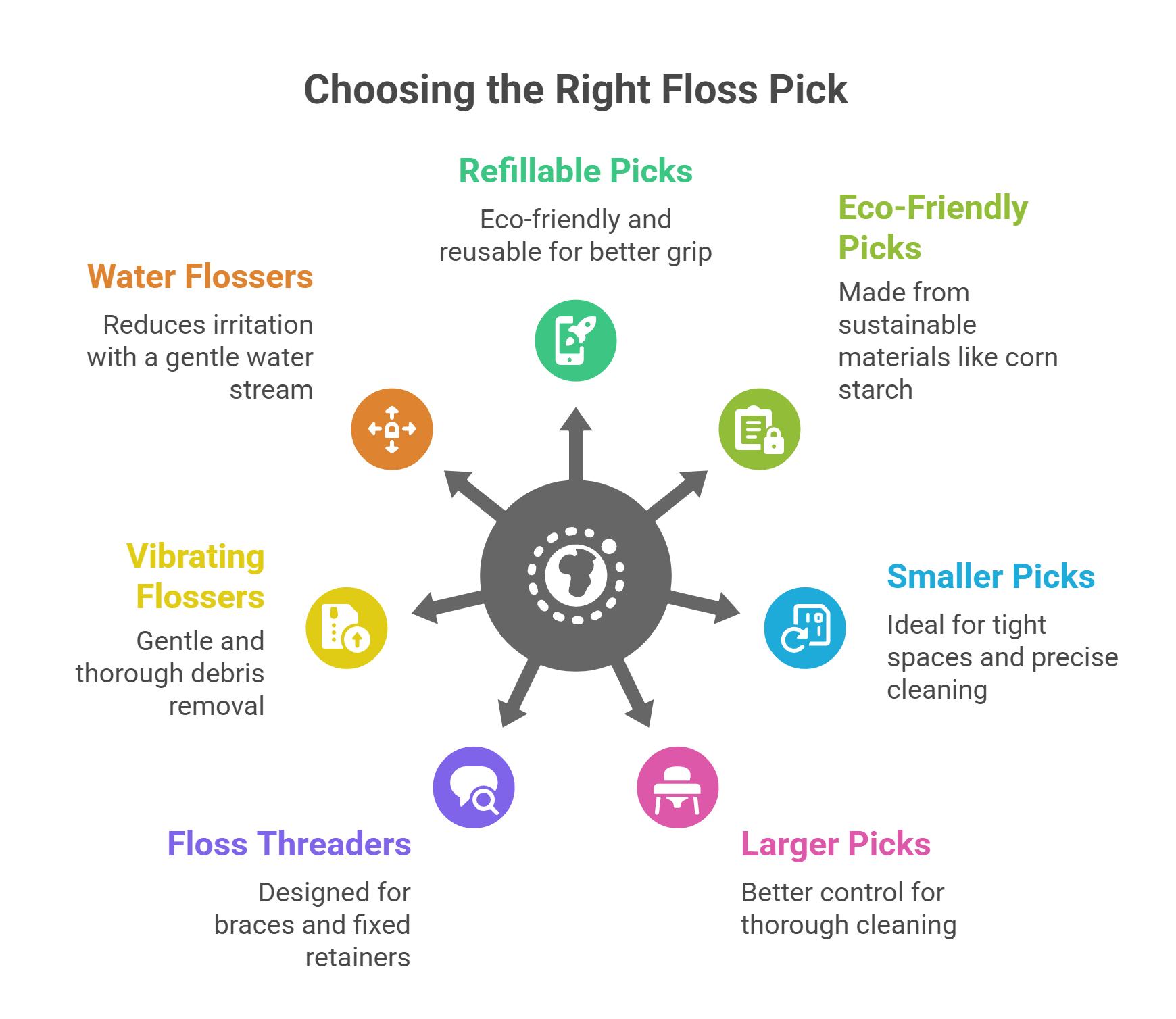
There are various types of floss picks available, each offering unique benefits tailored to different oral care needs. Choosing the right one helps clean more properly, prevent gum issues, and avoid spreading bacteria.
-
Refillable floss picks offer a better grip and are more eco-conscious since they can be reused without needing to break apart or toss after every use.
-
Eco-friendly options, like those made from corn starch, appeal to users seeking sustainable alternatives.
-
Smaller picks are ideal for tight spaces, while larger picks provide better control for thorough cleaning.
People with braces or fixed retainers may benefit from:
-
Floss threaders or Platypus Ortho Flossers, which are designed to clean under wires and around brackets gently and efficiently.
-
Vibrating flossers, which help remove debris more thoroughly while being gentle on sensitive areas.
-
Water flossers, which are especially helpful for users with orthodontic appliances and reduce irritation with their gentle water stream.
Ultimately, the right dental floss pick depends on your unique needs. Whether you wear braces, want something portable, or need a tool that works more properly in tight areas, there’s a flossing answer that fits your routine.
Daily Routine for Effective Floss Pick Usage
Incorporating floss picks into your daily oral hygiene routine can significantly improve your dental health. The key is consistency—try to floss at the same time each day to build a lasting habit. Many dentists recommend flossing before brushing, as it helps dislodge plaque and food particles, allowing toothpaste to clean more effectively.
Choose a convenient time that fits your schedule—such as after your morning meal or right before bed. Don’t forget to rinse the floss pick during use to maintain cleanliness and avoid spreading bacteria between teeth.
Floss picks are especially helpful for those with limited dexterity or difficulty using traditional dental floss. When used properly, they can help remove plaque, reduce the risk of gum disease and cavities, and contribute to long-term oral health.
Dental Professional Recommendations
Dental professionals consistently emphasize the importance of using floss picks properly to effectively remove plaque and reduce bacteria buildup between teeth. To avoid damaging your gums, gently press the floss against the gumline and use a controlled in-and-out motion—not forceful jabs.
It’s generally recommended to use a floss pick at least once a day as part of your regular oral hygiene routine. This helps prevent gum disease, cavities, and long-term dental issues.
If your gums bleed regularly during or after flossing, it may be a sign of improper technique or underlying dental concerns. In that case, schedule a visit with your dentist—they can assess the cause and guide you toward safer, more effective flossing habits.
Also, don’t skip routine dental checkups. Most professionals recommend a visit every six months to keep your mouth healthy and catch issues early.
Additional Tips for Optimal Oral Health
Complement your flossing routine with daily use of an antibacterial mouthwash to combat harmful bacteria and reduce plaque accumulation. Opt for an alcohol-free mouthwash to avoid dry mouth, which can lead to other oral issues.
Water flossers are particularly beneficial for individuals with braces or dental appliances, as they can easily clean around these areas that traditional floss may struggle with. However, they may not completely eliminate plaque from tooth surfaces, so traditional flossing may still be necessary. Brushing your tongue during oral care helps reduce bacteria that contribute to bad breath.
Final Thoughts
In summary, floss picks are a convenient and effective tool for maintaining oral hygiene. By using the proper technique and avoiding common mistakes, you can enhance your oral care routine and prevent issues like plaque buildup and gum disease. Different types of floss picks cater to various needs, making it easy to find one that suits your preferences and requirements.
Remember to incorporate floss picks into your daily routine, follow dental professional recommendations, and adopt additional practices like using mouthwash and brushing your tongue. With consistent effort and the right tools, you can achieve and maintain a healthy smile. Your journey to optimal oral health is just a floss pick away.
Frequently Asked Questions
Do floss picks help reduce plaque better than string floss?
Floss picks can be more effective than string floss for some individuals because they offer easier handling and better control, leading to enhanced plaque reduction. Ultimately, the best choice depends on personal preference and technique.
How often should I use a floss pick?
For optimal dental hygiene, you should use a floss pick at least once a day. Consistency in this practice is key to maintaining healthy teeth and gums.
Can floss picks cause gum irritation?
Yes, floss picks can cause gum irritation if used too aggressively; using a gentle technique is essential to avoid damaging the gums.
Are there eco-friendly options for floss picks?
Absolutely, eco-friendly floss picks made from sustainable materials like corn starch are available and provide a responsible option for oral care. Consider switching to these alternatives for a greener dental routine.
What should I do if my gums bleed when using a floss pick?
If your gums bleed while using a floss pick, it likely suggests incorrect usage; consider adopting a gentler technique. If the bleeding continues, it's advisable to consult your dentist.
















































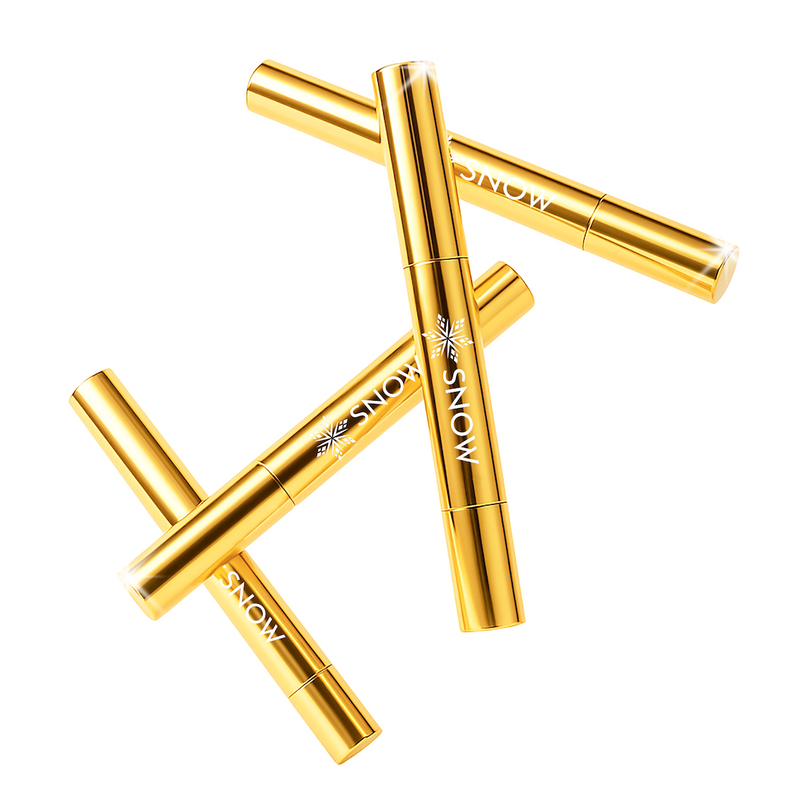



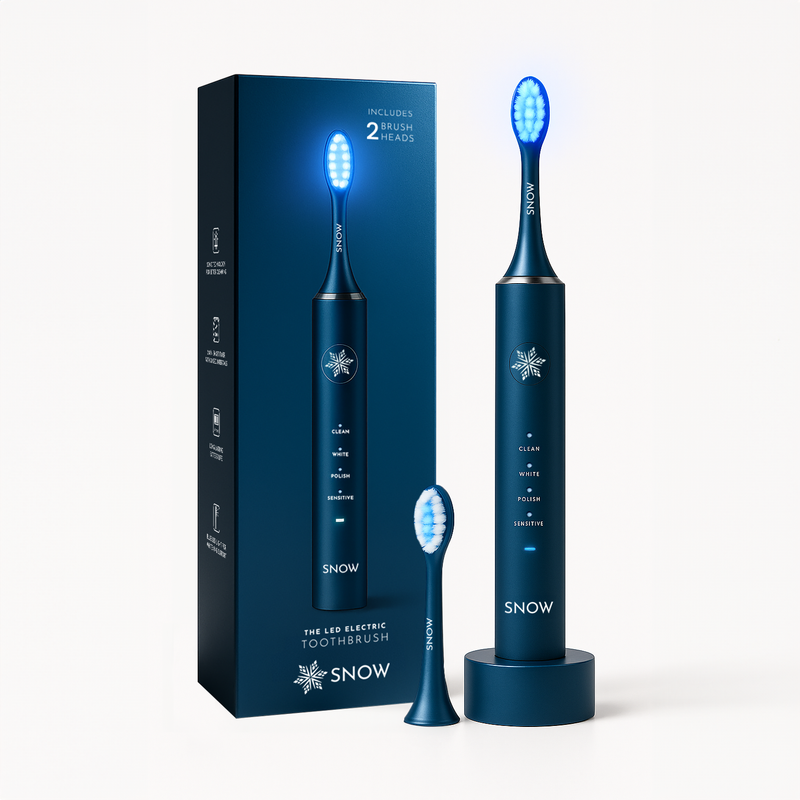


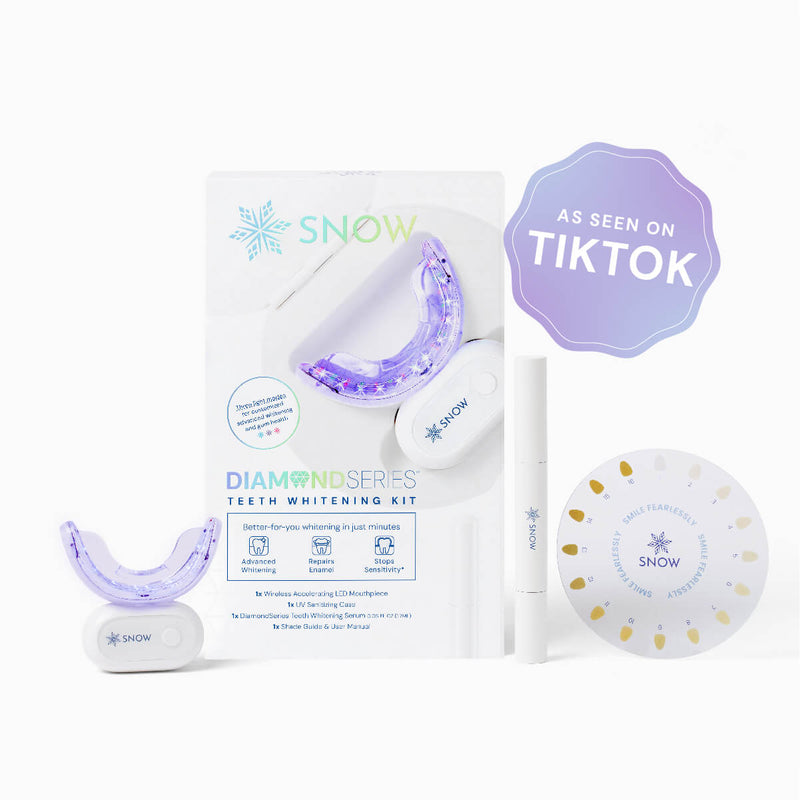
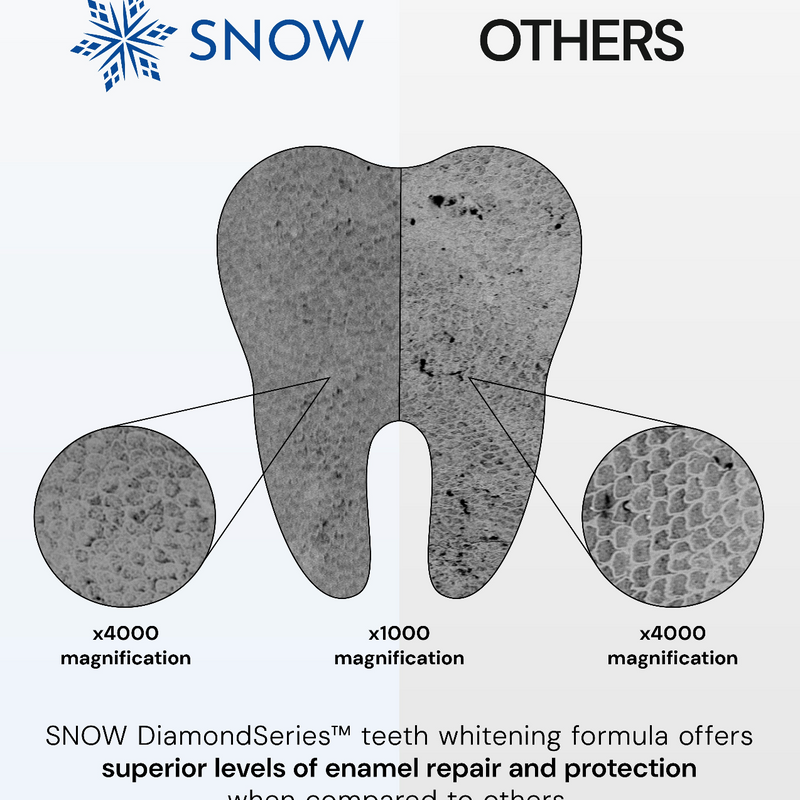


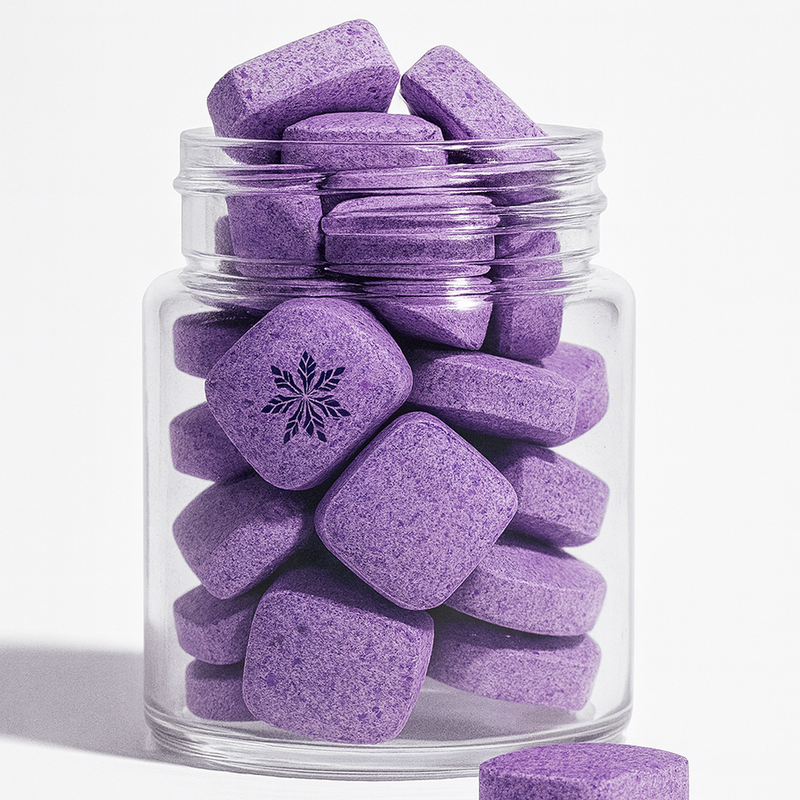







![Clove Oil for Toothache Relief [Does it Really Work]](http://www.trysnow.com/cdn/shop/articles/clove_oil_for_toothache_does_it_really_work.png?v=1756135924)
